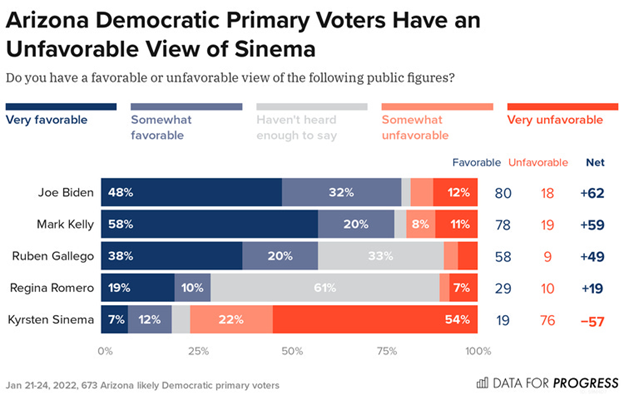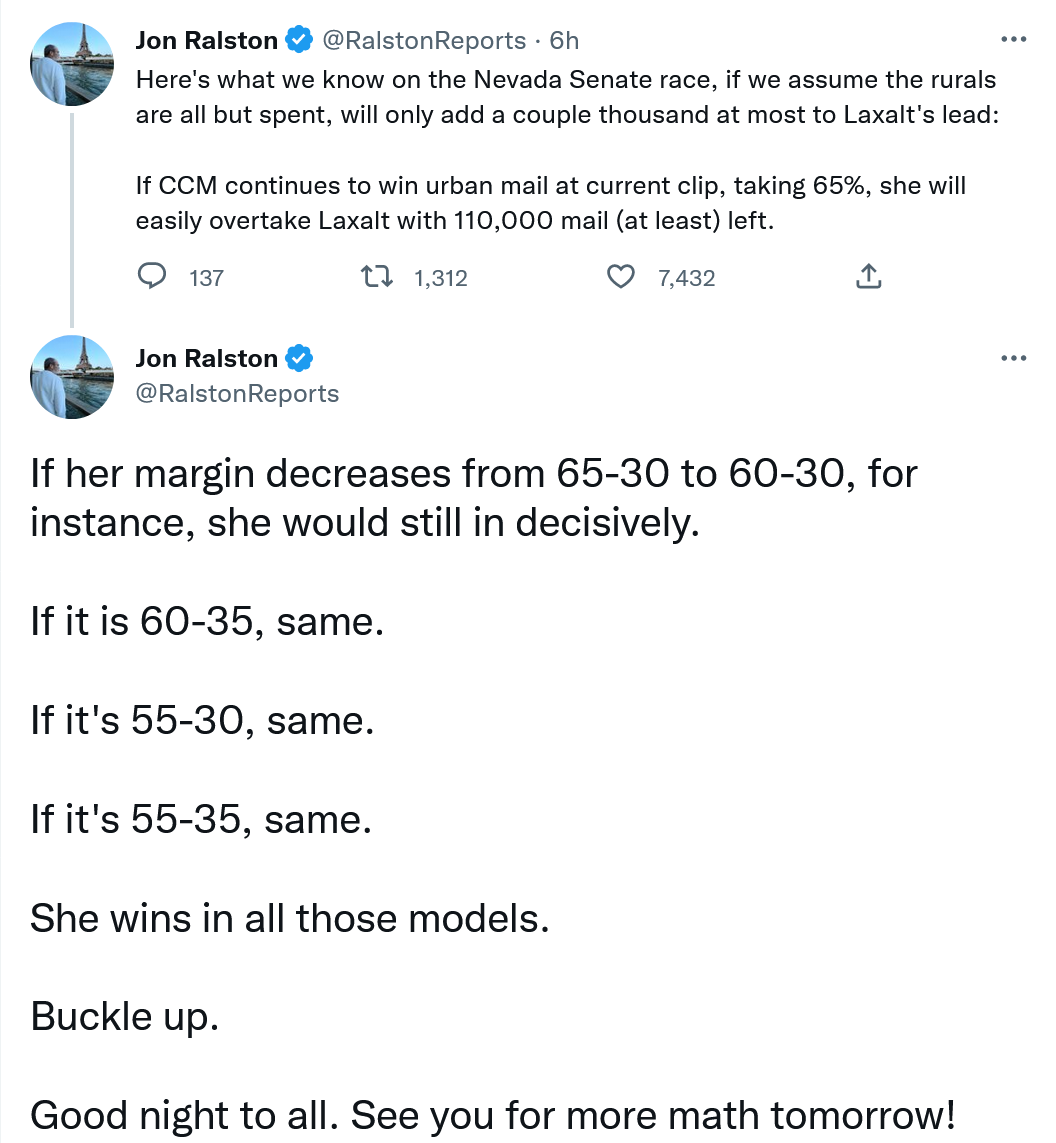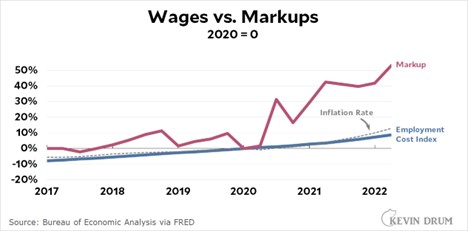The Daily Escape:

Crab Apple tree, Fields of Wrong, CT – May 10, 2013 photo by Wrongo. This year, the trees are in full bloom two weeks earlier. The petals will be long gone by May 10, 2023. Climate change?
The new Democratic governor of Arizona, Katie Hobbs, appears to be on the wrong foot with her take on food safety. The NYT reports that she vetoed a bill that would have allowed Arizona’s informal network of home cooks to sell perishable food legally:
“Though the state promotes itself as a low-tax, low-regulation haven for private enterprise, it does not allow the sale of perishable foods made at home. So for years, a thriving economy of working-class, mostly Latina home cooks has operated underground, selling tacos, tres leches cakes and chile-dusted corn illegally from living rooms and outside laundromats and soccer games.”
Earlier in April, Republicans who control the state legislature came together with Democrats in a moment of bipartisan accord to pass a bill that would let Arizona’s home cooks register with the state to legally sell perishable foods like salsas and tamales.
And Hobbs vetoed it. Naturally, there was a backlash. Why would the new governor alienate Arizona’s large Latino population? Even a few Democrats have criticized her for killing what is widely being called the “tamale bill.” More: (emphasis by Wrongo)
“They said her move was a slap in the face of Latino constituents who voted for Ms. Hobbs, and whose support was crucial in a politically fractured state that is about 32% Latino. Critics said her veto would hurt the working-class immigrants that Ms. Hobbs had championed during her campaign.”
We can debate the merits of Arizona’s food safety laws. You might say, “I’ve seen my kitchen, and I’m against it.”
But when we debate the merits, it ought to be in the context of a) the minimal acceptable standard for public safety, and b) what the people want. Arizona’s informal food network is very popular. People aren’t stupid: They know that eating food purchased from the trunk of a car or from a roadside stand carries a risk of a possible night on the toilet, yet no one complains. And if something happens the city or town can always trace it and shut someone down.
BTW: You haven’t lived until you’ve bought tamales from the trunk of a nice lady’s car in a Home Depot parking lot.
The Arizona food safety reform bill appealed to both Parties: Republicans could stand up for fewer regulations, while Dems could show that they understood and supported the working class. This is particularly relevant in Arizona, where working people have a long tradition of making money through selling food informally.
So, what was Hobbs thinking? The selling of home-cooked food is primarily practiced by people of color or immigrants. Banning sale of their cooking could be seen as institutional racism, something we might expect in Arizona, but from a Democratic governor?
Maybe roadside vendors could display a warning sign saying that the Office of Food Inspection isn’t inspecting their garage BBQs, or their kitchens, or their basement bakeries, so you’re on your own. Besides, the Feds allow Big Food to put pink slime in our ground beef.
Enough about Katie Hobbs, someone who we were thrilled to see beat Kari Lake last November.
It’s time to forget about politics and whatever Ron DeSantis was doing in Israel. Focus instead on finding some relaxing time before the week starts all over again. Here on the fields of Wrong, the spring cleanup continues, along with our working to convince a pair of house finches that building a nest under the walkway to our door is – well, wrong. Wrongo expects to prevail as he has in prior years.
But now, it’s time for our Saturday Soother!
Let’s start by brewing up a hot steaming mug of Ethiopia Basha Bekele coffee ($23/12oz.) from Virginia’s Roadmap CoffeeWorks, an award-winning artisan roasting company based in Lexington, VA. It is said to be chocolaty and fruit-toned in the very long and satisfying finish. Who doesn’t like a long finish?
Since there’s rain in Litchfield County today, grab a chair by a large window. Now watch and listen to “Simple Gifts” from Aaron Copland’s “Appalachian Spring” conducted by Leonard Bernstein. In 1942, Martha Graham commissioned Copland to write a ballet with “an American theme”. It premiered at the Library of Congress on October 30, 1944, with Graham dancing the lead role.
In 1945, Copland was commissioned by conductor Artur Rodziński to rearrange the ballet as an orchestral suite. “Simple Gifts” was a Shaker Hymn that Copland brought to life. He called the piece “Ballet for Martha”, and Graham gave it the title “Appalachian Spring”, after a line in a poem by Hart Crane:
“Tis’ a Gift to be Simple“….indeed.









 Fall at Lake Gloriette, Dixville Notch, VT – October 2022 photo by
Fall at Lake Gloriette, Dixville Notch, VT – October 2022 photo by 


